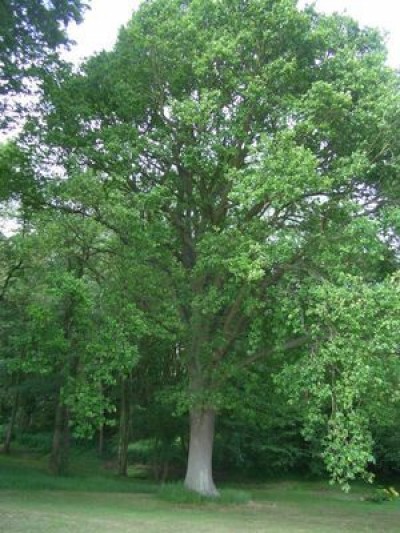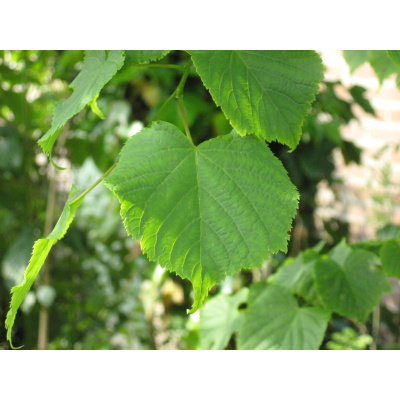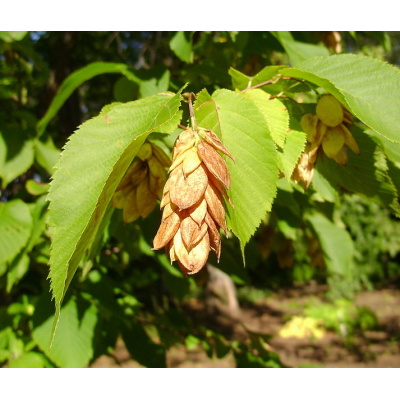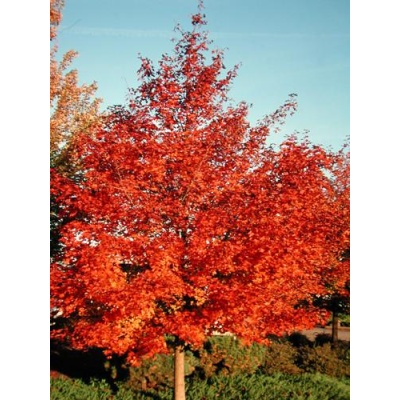Description
Heritage Oak
 Quercus macrocarpa x robur
Quercus macrocarpa x robur
Heritage English Oak will grow to be about 70 feet tall at maturity, with a spread of 50 feet. It has a high canopy with a typical clearance of 6 feet from the ground and should not be planted underneath power lines. As it matures, the lower branches of this tree can be strategically removed to create a high enough canopy to support unobstructed human traffic underneath. It grows at a slow rate, and under ideal conditions can be expected to live to a ripe old age of 300 years or more; think of this as a heritage tree for future generations!
| Hardiness Zone | 4-8 |
| Tree Type | No |
| Size Range | Large Tree (more than 40 feet) |
| Mature Height | 60-80′ |
| Mature Spread | 40-50′ |
| Shape | Pyramidal, Oval |
| Foliage Color | Dark Green |
| Fall Color | Yellow/Gold |
| Flower Color | N/A |
| Decorative Fruit | N/A |
| Landscape Uses | Shade, Parkway/Street |
| Growth Rate | Slow |
| Plant Tolerance | Adaptable |




Reviews
There are no reviews yet.